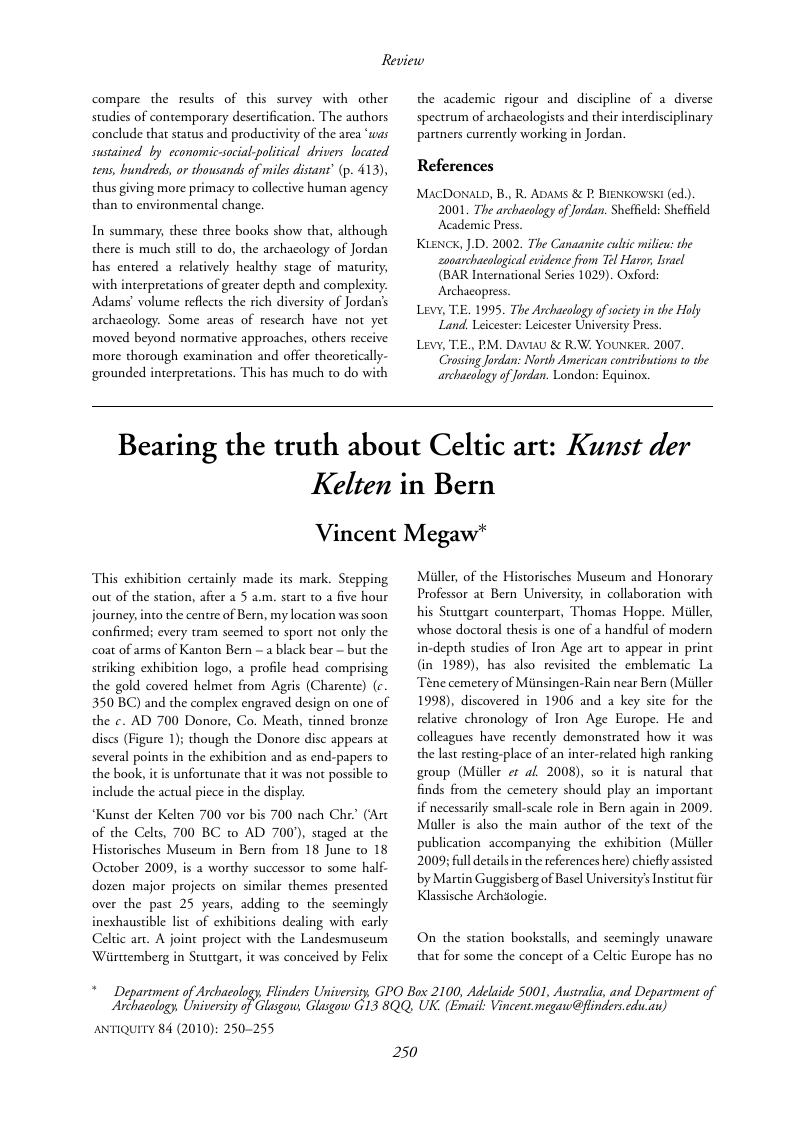Crossref Citations
This article has been cited by the following publications. This list is generated based on data provided by Crossref.
Megaw, Vincent
2012.
The Flying Dutchman reaches port.
Antiquity,
Vol. 86,
Issue. 332,
p.
546.
Megaw, Vincent
2016.
Identifying Celts.
Antiquity,
Vol. 90,
Issue. 349,
p.
245.
Fernández-Götz, Manuel
2016.
‘Celts: art and identity’ exhibition: ‘New Celticism’ at the British Museum.
Antiquity,
Vol. 90,
Issue. 349,
p.
237.
Jackson, Gary T.
2020.
Encyclopedia of Global Archaeology.
p.
6978.
Jackson, Gary T.
2020.
Encyclopedia of Global Archaeology.
p.
1.



